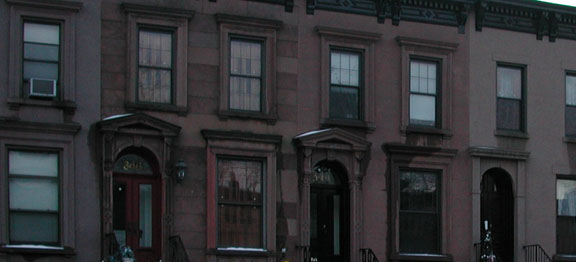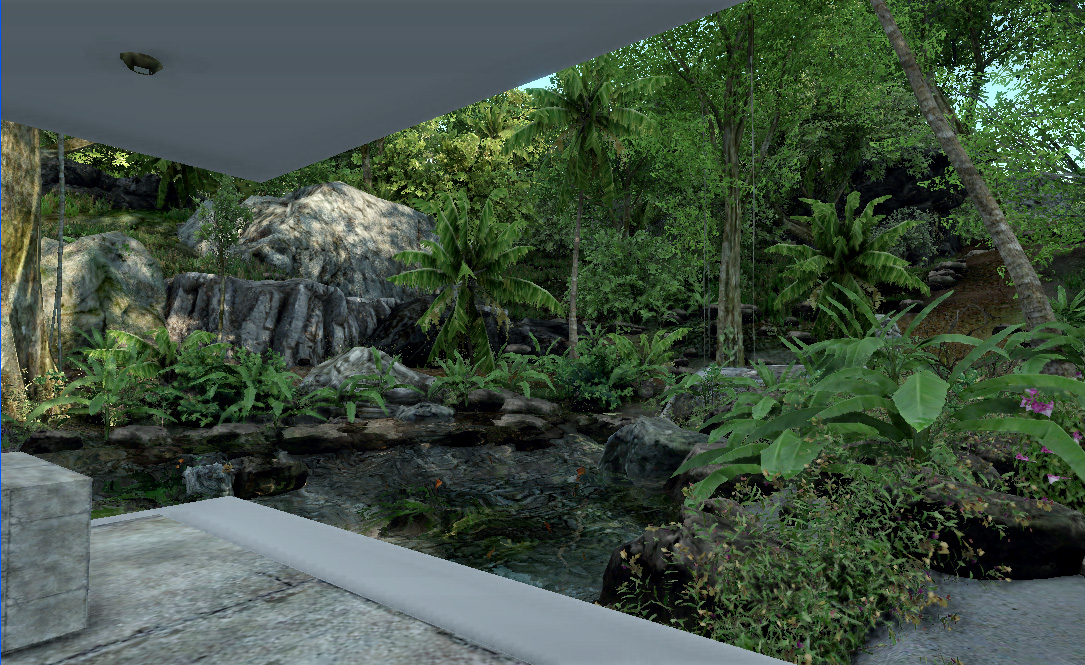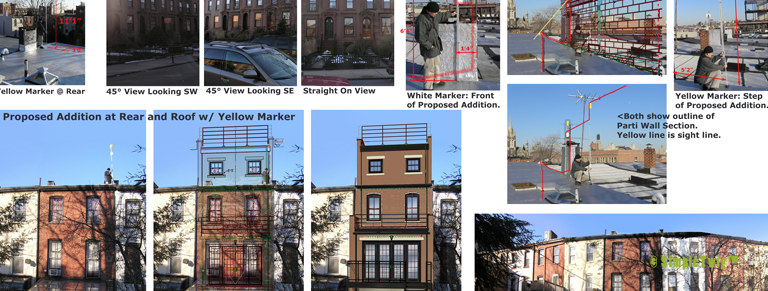Owning your own Townhouse can be a wonderful experience. It can also turn into a nightmare if you have the attitude that it will take care of itself. Knowing the trouble signs can save you from that frustration, help secure your greatest investment and give you the pleasure of living that you deserve. Here’s Five Things about Townhouses you should know.
FIVE THINGS about TOWNHOUSES
This short outline will give you the basic knowledge that every Townhouse homeowner should know.

While these items don’t express the joy of ownership, that is, the spaces, convenience and architectural charm of a Townhouse, they are fundamental to its maintenance and longevity.
1 Sagging Floors
Probably the most noticeable problem to new townhouse home owners are sagging floors. The problem stems from undersized joists that are both spread out too far and are used as transfer-joists installed without being doubled-up in size. The contributing factors include: footings that have settled, interior bearing walls that have been removed, wood stud partitions that have dried out and shrunk. and, inadequately sized cellar beams.
What to look for: Have a 40’ long heavy string with you during a visit and tape the string to the floor at both ends, pulled tight. With this you will be able to see exactly how much the house has settled. Also look for base boards that are no longer touching the floor or doors that don’t close properly. You can also use a small ball to see where it rolls to, helping to indicate the lowest spot and thus the worst area of the sag. Typically you will find the greatest sagging in the general area of the stairs.
What to do: Understanding that each floor can sag up to 1” per floor, and that can add up to a 3” or 4” sag by the time one reaches the top floor, I recommend using a steel I-Beam at the cellar ceiling, and, jack-up the existing interior bearing wall partitions on the upper floors to allow reinforcing of each floor joist.
2 Tilting Stairs
Many townhouses show settling in the stair, that is the treads slope towards the interior of the house. What has happened is fundamentally tied in with joist sagging but can also be caused by the connection between the stringer and joist.
What to do: Beyond correcting floor sagging mentioned in item 2, remove the plaster from the underside of the stair and correct the connection between the stringer and the joist. At the same time check the wedges for all the treads and risers, but before one does this it is important to level and strengthen the floor joists at the stair. The bottom joist, the one that ties into the stair stringer, is the most important one.
It not only carries the weight of the stair, but also the floor area to the mid point of the stair opening. This joist needs to be at least 3” wide and 9 1/2” deep and extend from the parti wall to the interior bearing wall, about six feet. Existing townhouses almost never actually make this joist any larger than the rest of the joists of the townhouse which in the end contributes to the problem.
3 Yards
Consistently overlooked, the front and rear yards are very important places to keep water and dampness out of your home. It is very important to make sure there are continuous hard surfaces which can drain water away from the house quickly and that there is adequate floor drains designed to prevent clogging. If these areas aren’t properly designed, you can expect to see dampness in your cellar and risk mold. If you think the existing system is working well enough, you’re probably wrong, as many of these older below-grade systems have many problems like loose connections, cracks, settling, blockages and poor masonry construction.
What to do: If you have a large patio area, have at least 2 floor drains set at exactly the same height, with the patio sloping down towards them at no less than a 1/8” per foot. Your plumber might want to have one drain higher than the other but don’t let them. Have him instead slope the pipes below the slab, allowing one drain to connect to the pipes of the other.
The purpose of this is simple: if one drain gets clogged the other area drain will be able to drain the patio. If you have a very large patio, install a trench drain which can be hidden with the right finish treatment. Also, make sure your concrete slab is in good shape, reinforced, at least 4” in thickness and is placed on top of 3 mil. thick plastic sheeting. Finished stone or tile can be set on top of this slab. These improvements will keep your cellar dry and free of that musky smell.
4 Party Walls
Separating one townhouse from another, the Party Wall, is both a fire separation and the structure for the floors and roof. Typically it is 2 bricks thick with ‘tie courses’ every 4 to 6 rows. These tie bricks hold the 2 layers of brick together. The joists from one house rest on one course of brick while the joists of the neighbor rest on the other course of brick. Variation in settling of the footings can cause the tie bricks to crack, potentially causing a bulge or settling in the wall. Furthermore, the space allowed around joists at the brick allows air to flow freely between houses in the cavity between the ceiling and floor, inviting bugs and vermin to move from one house to another, as well as smoke and fire. One might consider using mortar to fill in the cracks, but by law the joists itself must have a ‘fire cut’ on the ends so that if it fails during a fire it’s movement will not upset the structure of the party wall.
What to do: The best thing to do is to fill the sides with mortar and caulking, and, at the top, fill the gap with a spray polyurethane foam of low density. This will prevent smells of food from enticing insects and vermin into your property and keep out smoke and sounds emanating from the neighbor. This will also cut down the potential for fire to follow sources of fresh air. While this detail is time consuming on a renovation for something that is hidden, having it done and hearing how the neighbor has discovered mice in their ceiling, or just preventing cockroaches from crawling out of ceiling light fixtures will certainly make the effort worth every penny.
5 Gutters
Often overlooked as a serious source of potential damage for the house is a poorly installed gutter.
The problem is 4 fold:
1) The gutter is positioned directly over or partially over the rear masonry wall… if there is a leak in the gutter the water will travel into the house potentially causing erosion, failure of plaster and/or mold;
2) Roof slopes are much more shallow in townhouse construction than on a typical suburban homes allowing water to flow up over the inner rim if there is a dam caused by leaves, ice, or other obstructions;
3) there is no backup waterproof system in place if there is an issue with the gutter;
4) The gutter is level with the brick wall, if there is settling of the brick wall that supports the gutter, it might actually allow water to flow away from the down spout, causing pools that speed up corrosion.
What to do: The most important thing one can do to prevent problems is to install a continuous rubber membrane under the entire gutter reaching up under the finished roofing. This alone will resolve most of the issues noted above. Second is to properly install any new gutter systems with a proper slope and trim to prevent water from dripping onto the brick facade or between the gutter and brick. The third thing is to make sure your gutter has a proper drip edge and caulking to prevent water from flowing over its outside face and under the gutter, and thus back into the house.
Note: Only licensed professionals should attempt these suggested corrections.
For more articles, see Categories: General Article, Practical and Residential on our Blog.
Prepared by:
SimpleTwig Architecture.llc
Nicholas Joel Buccalo, Architect

